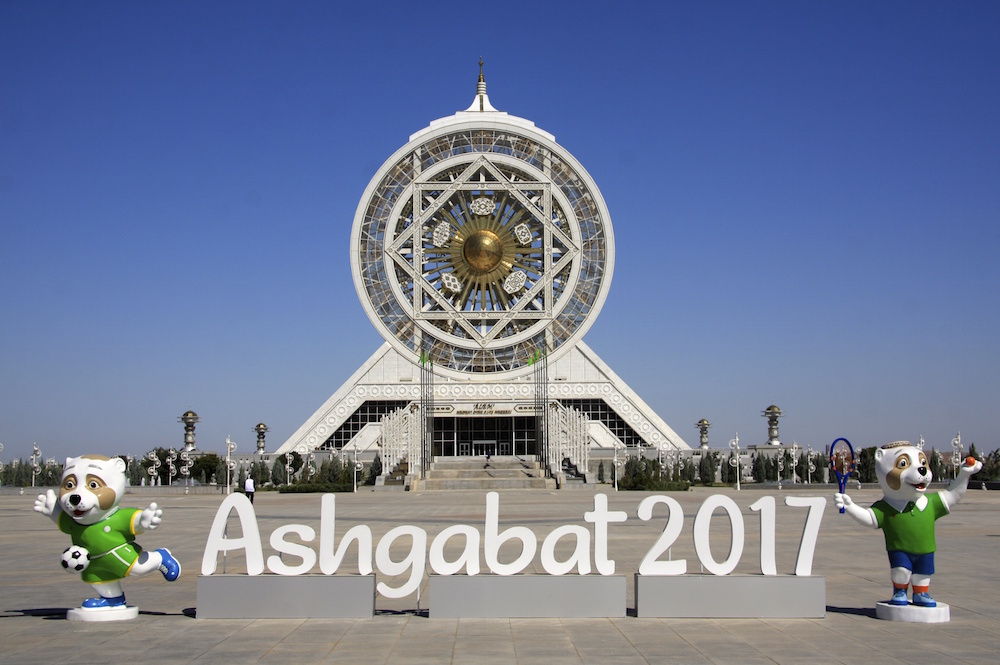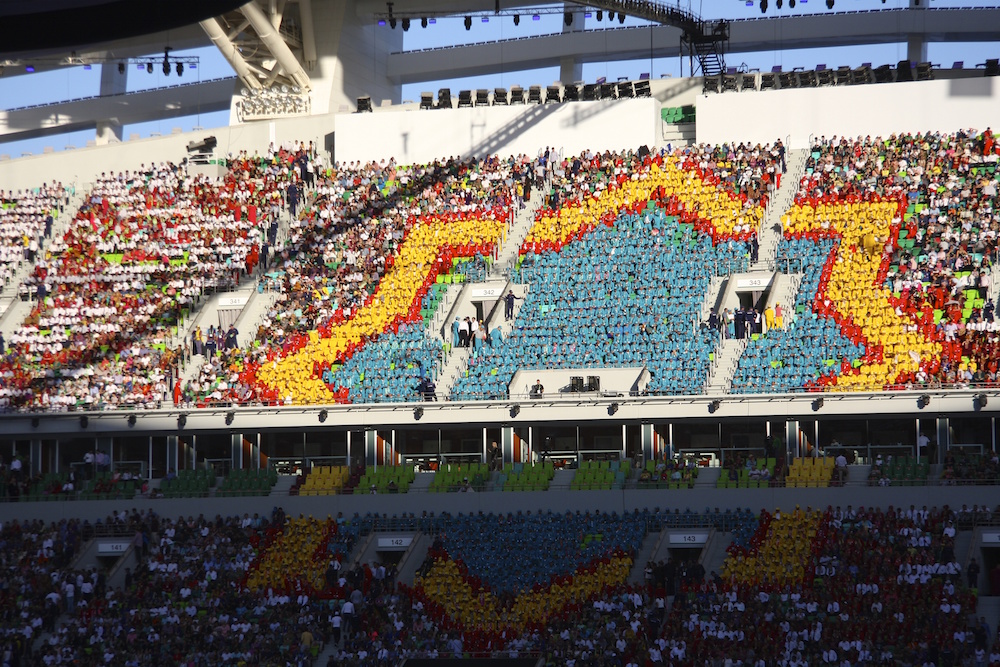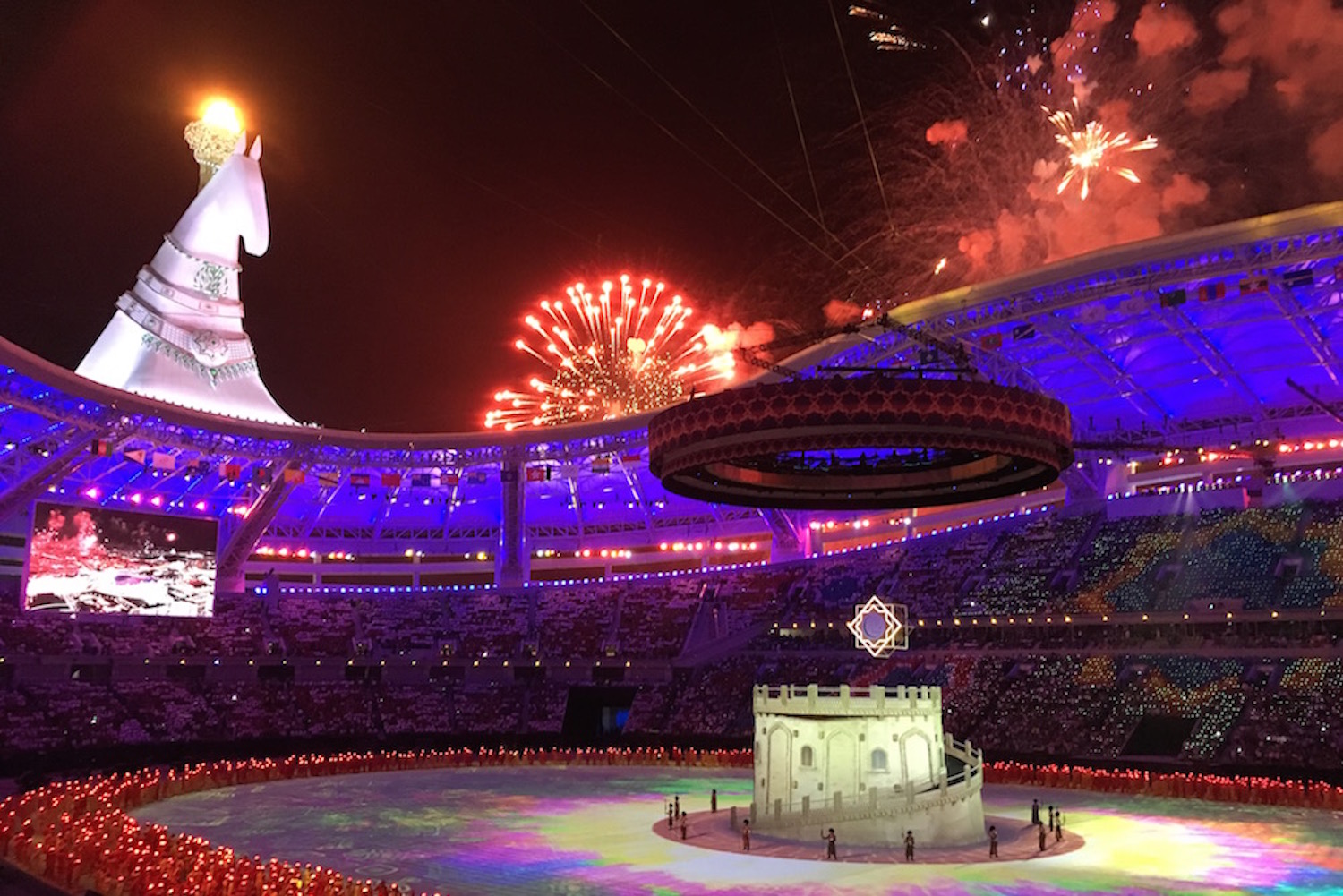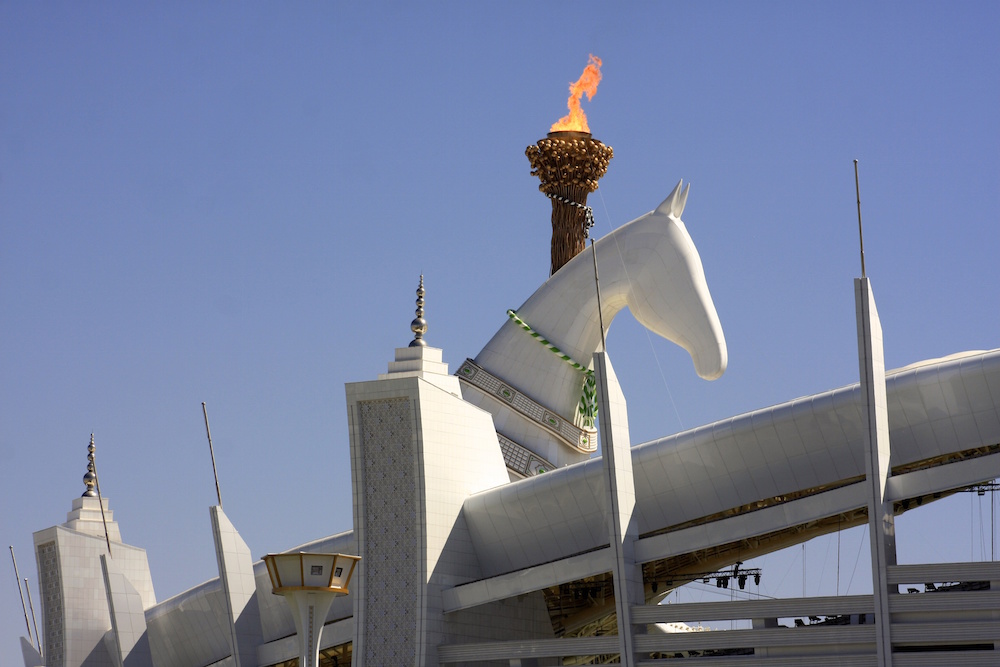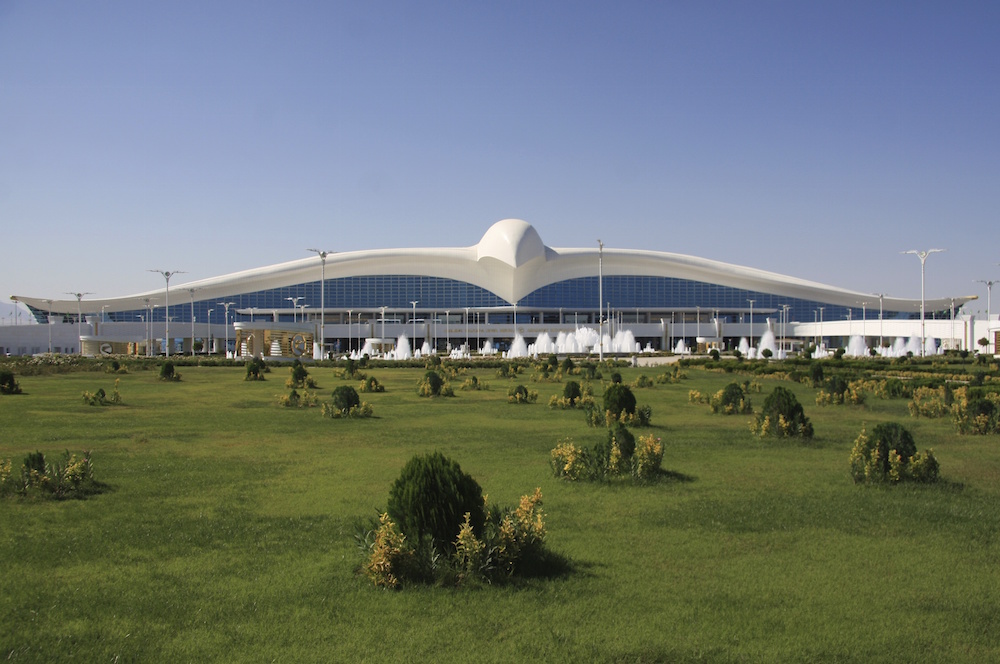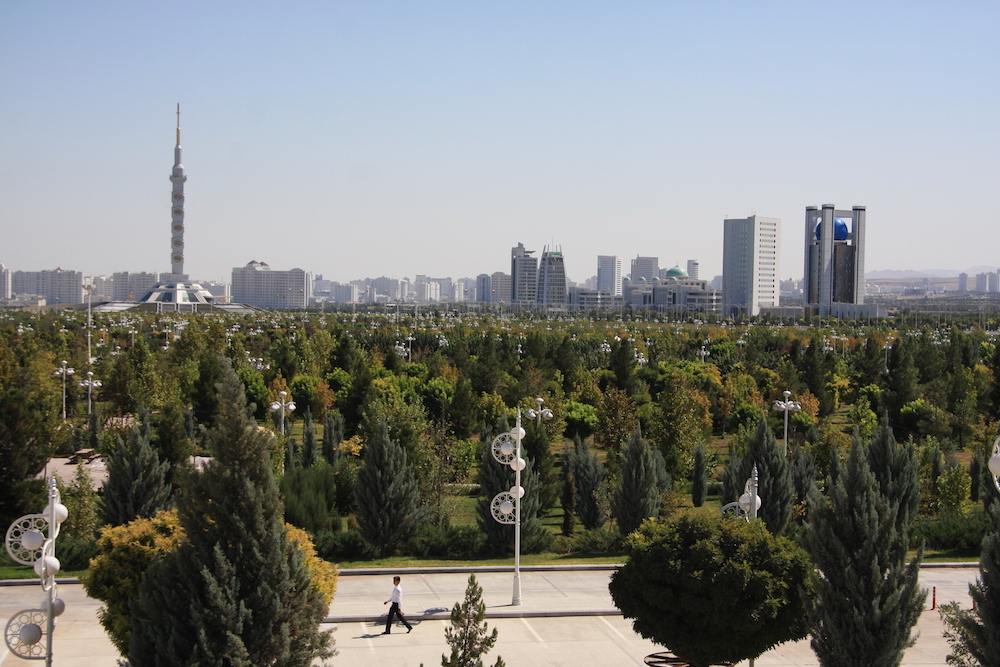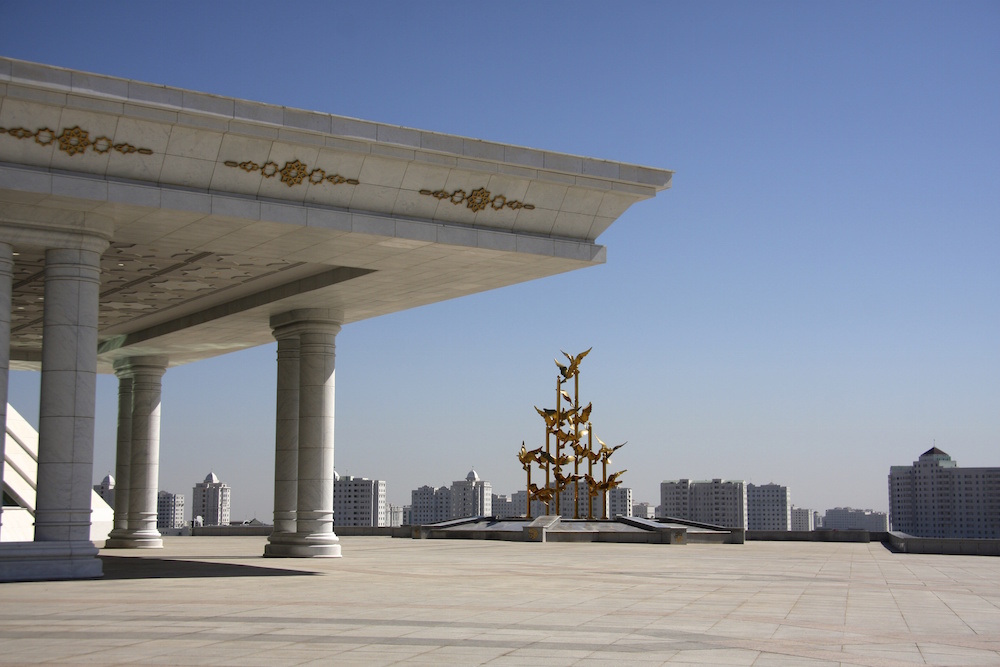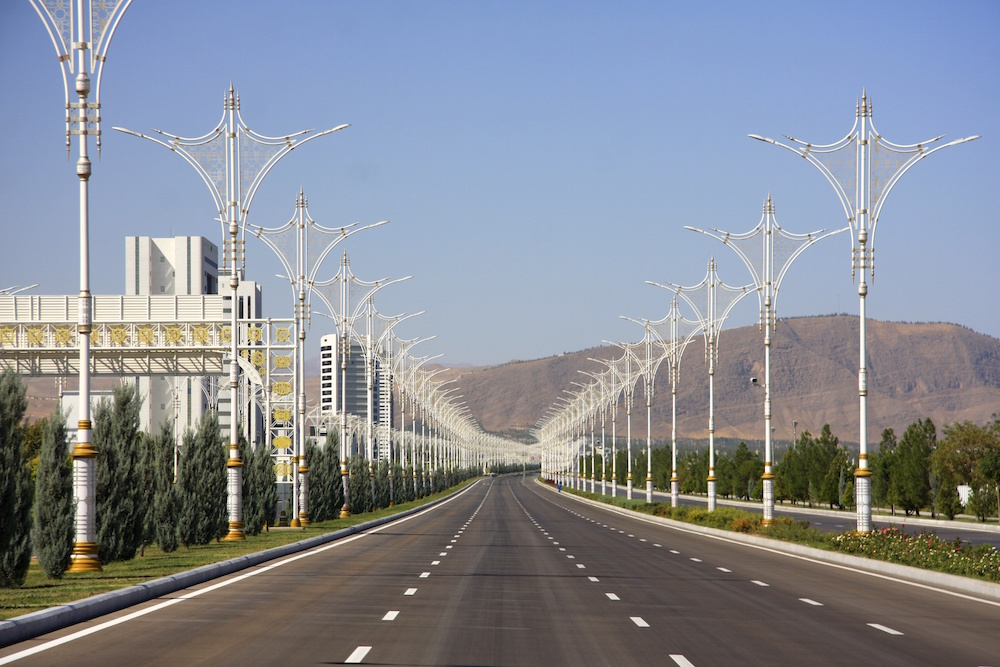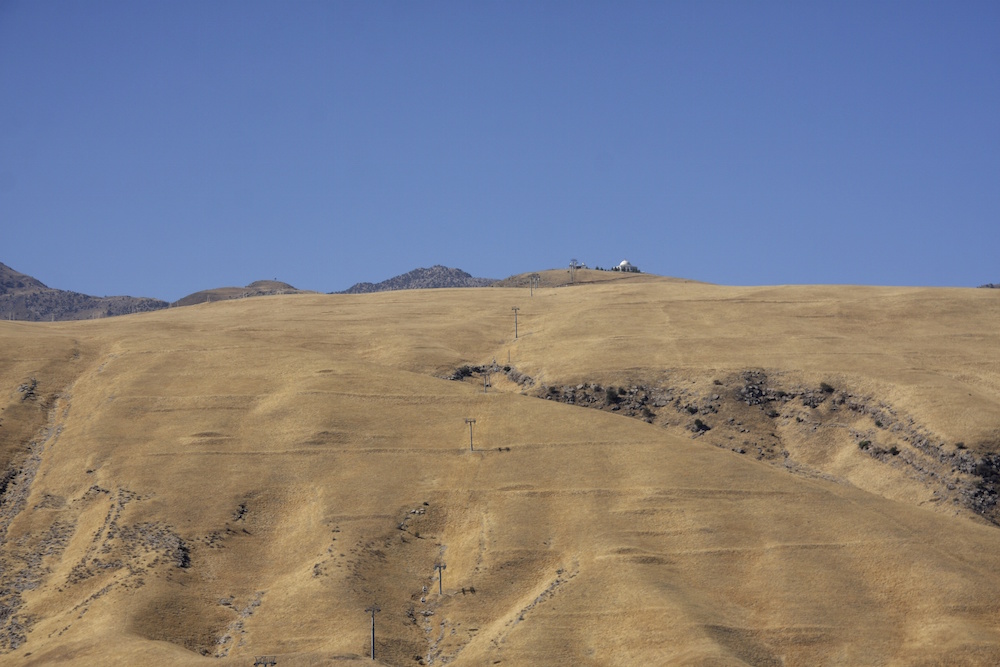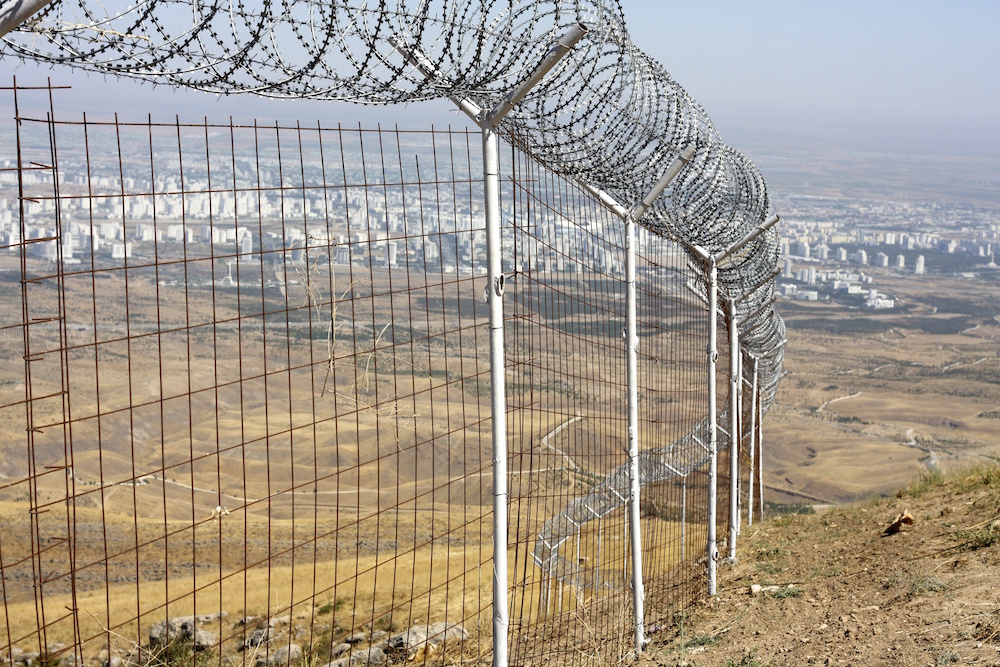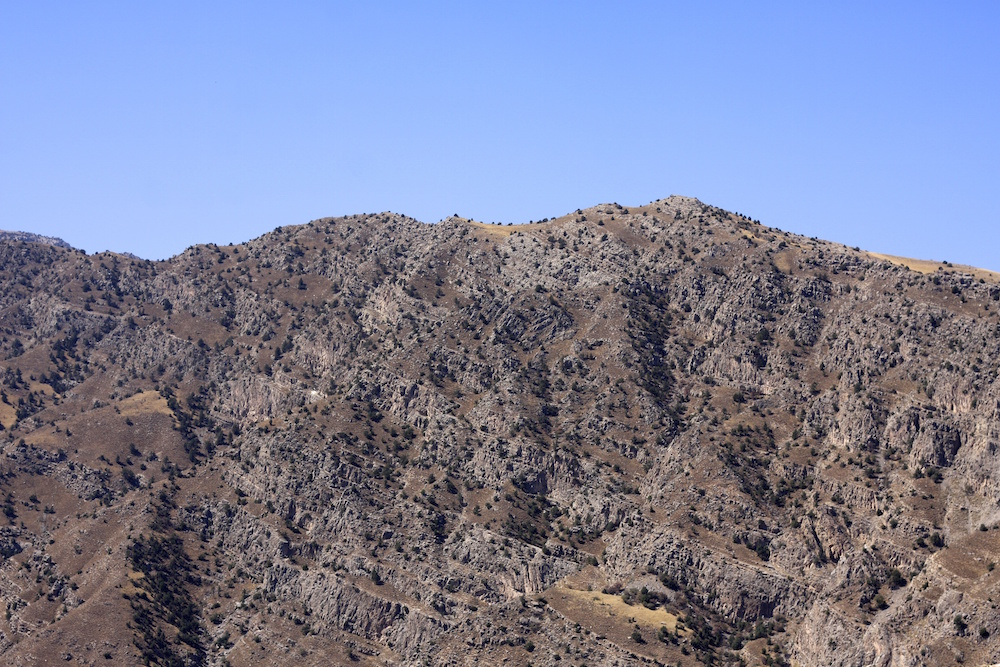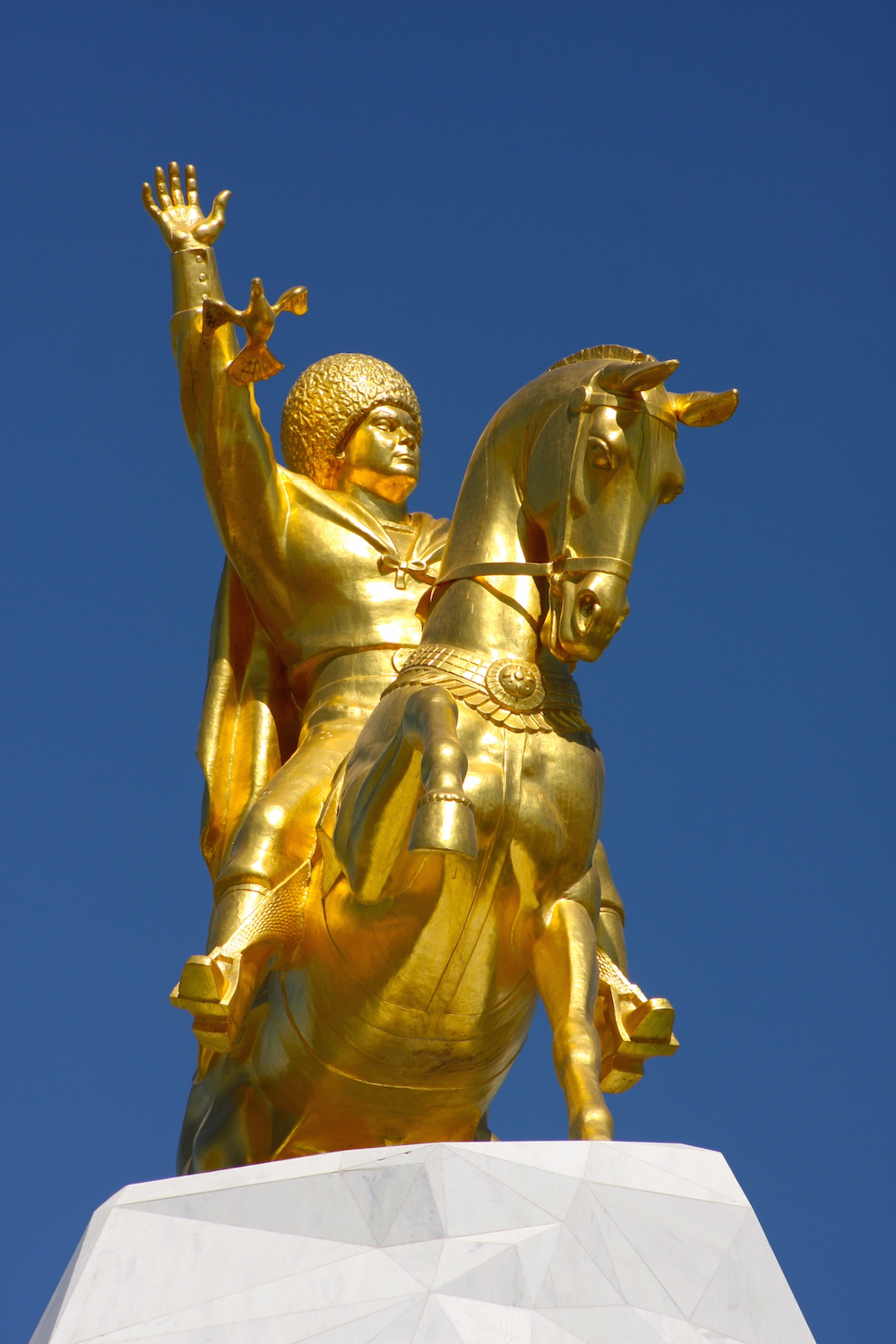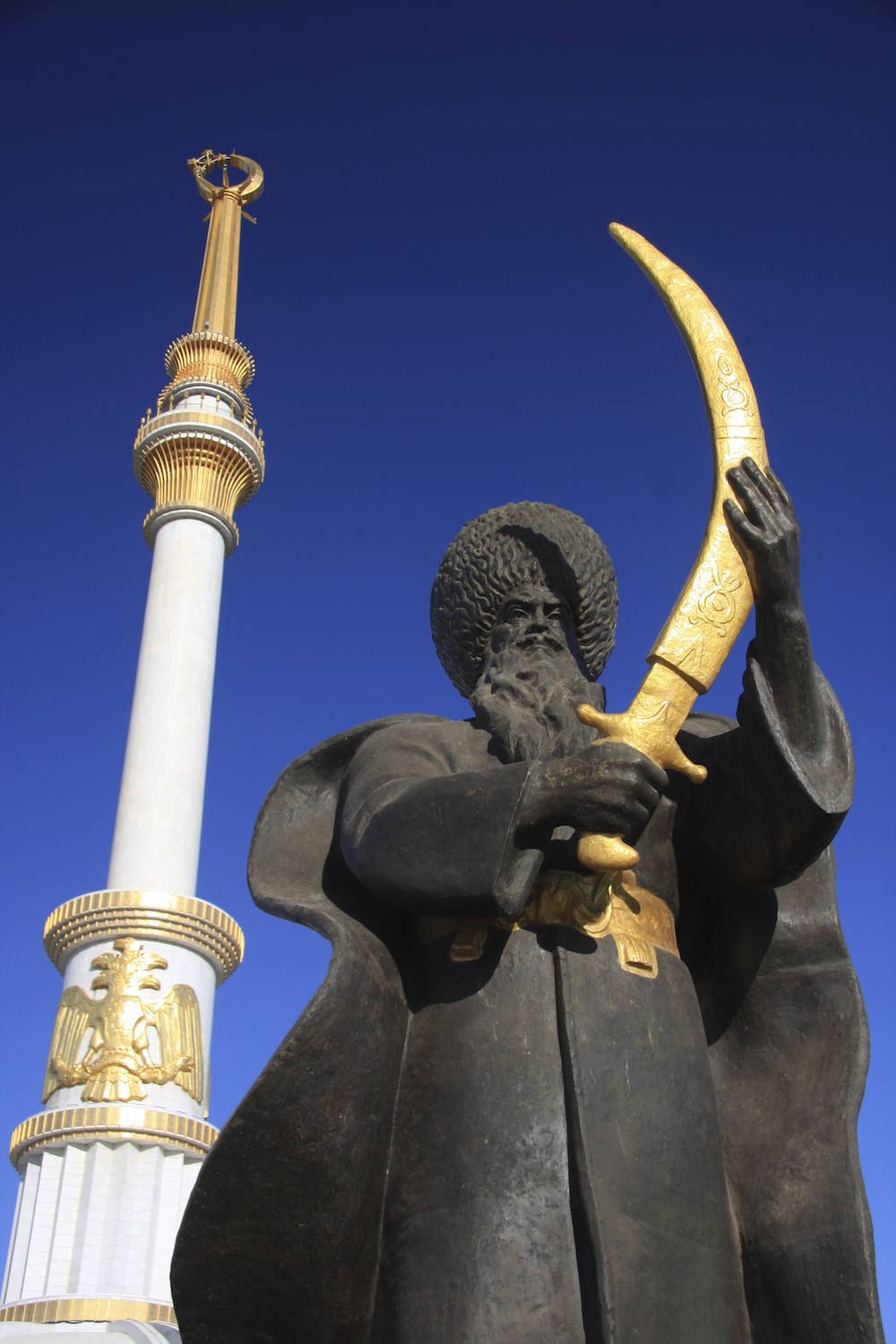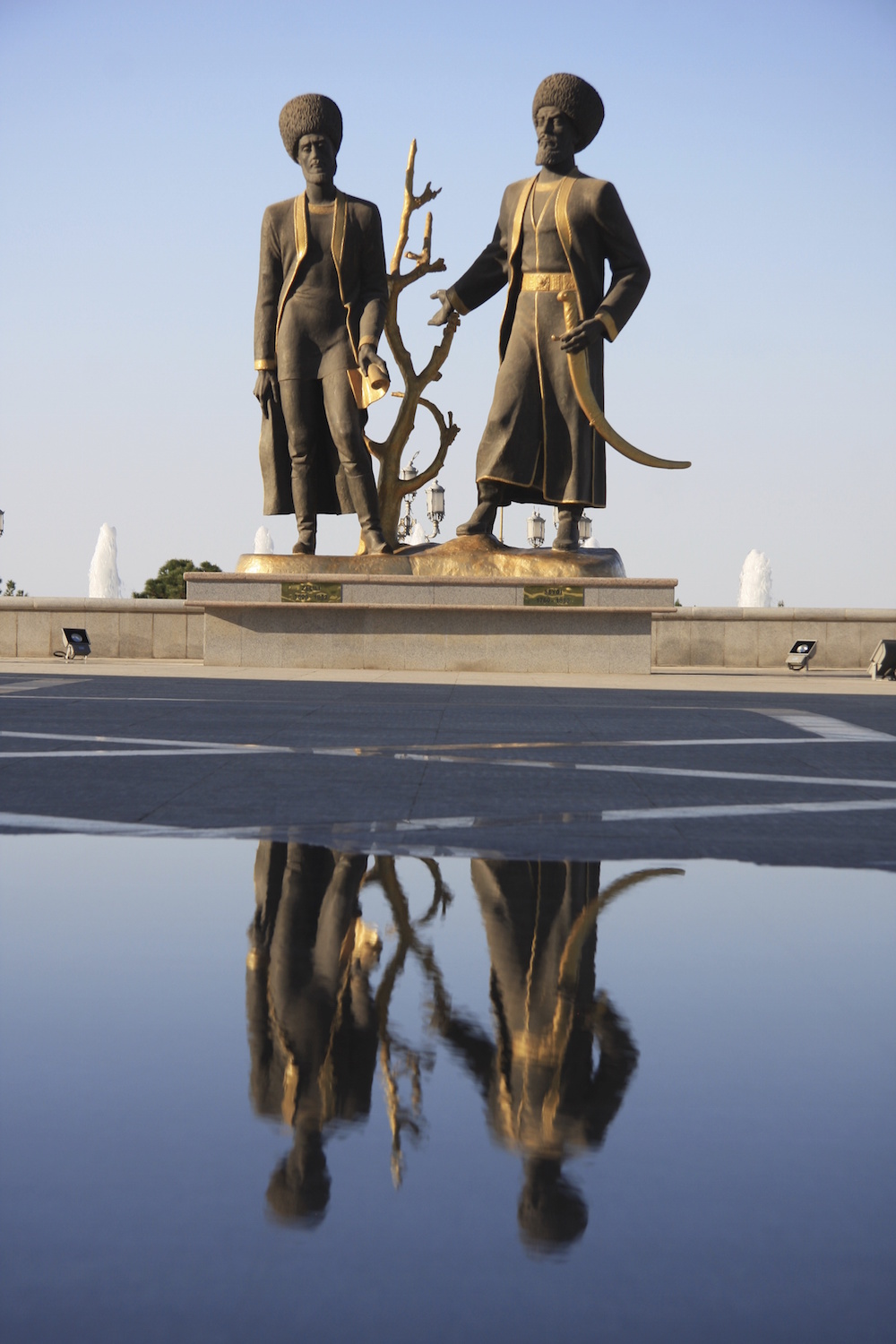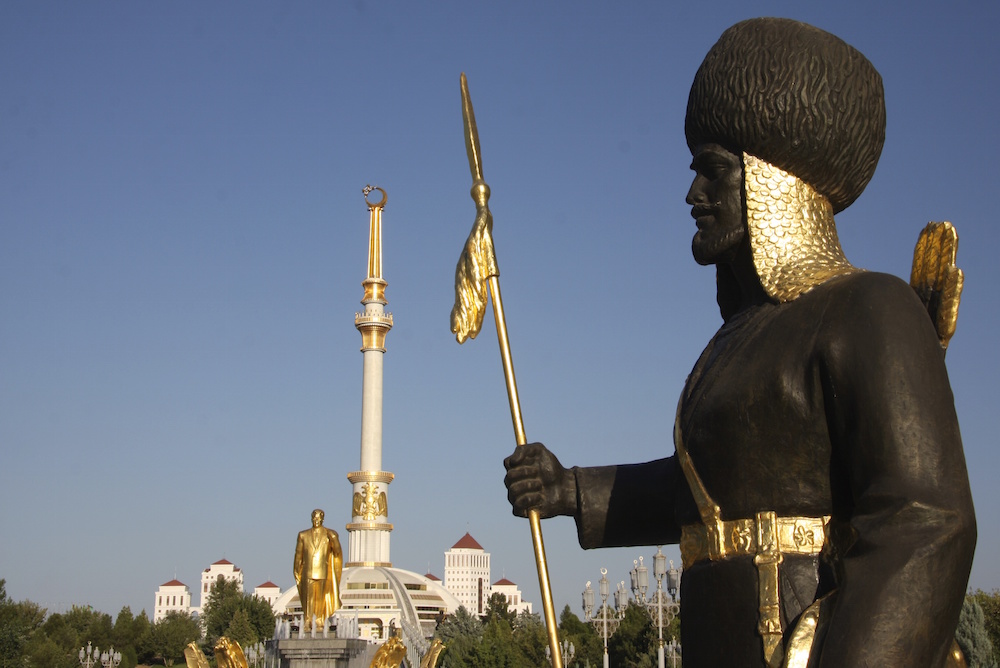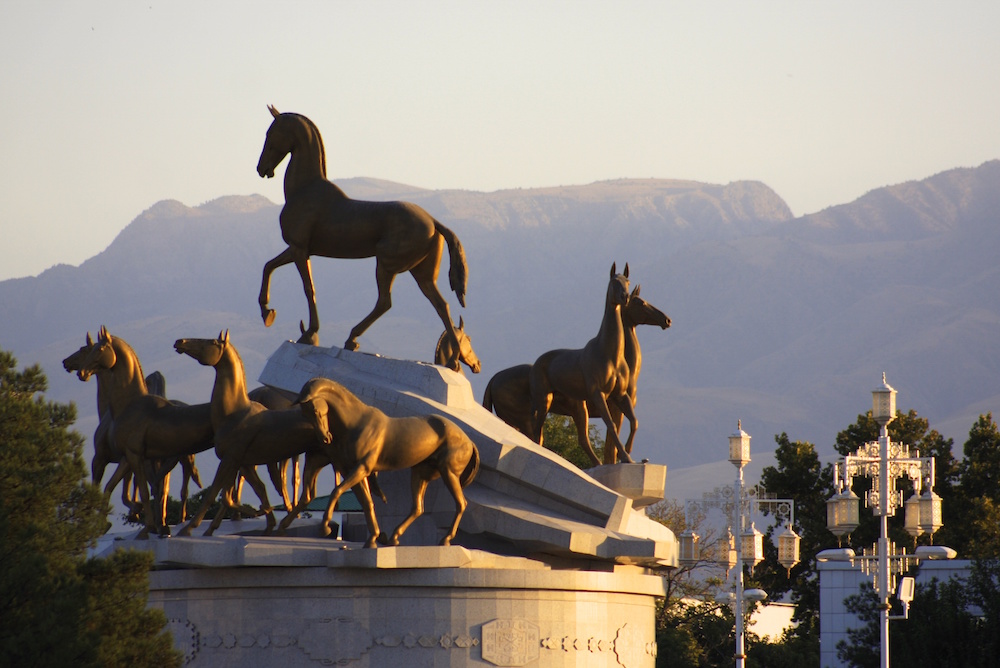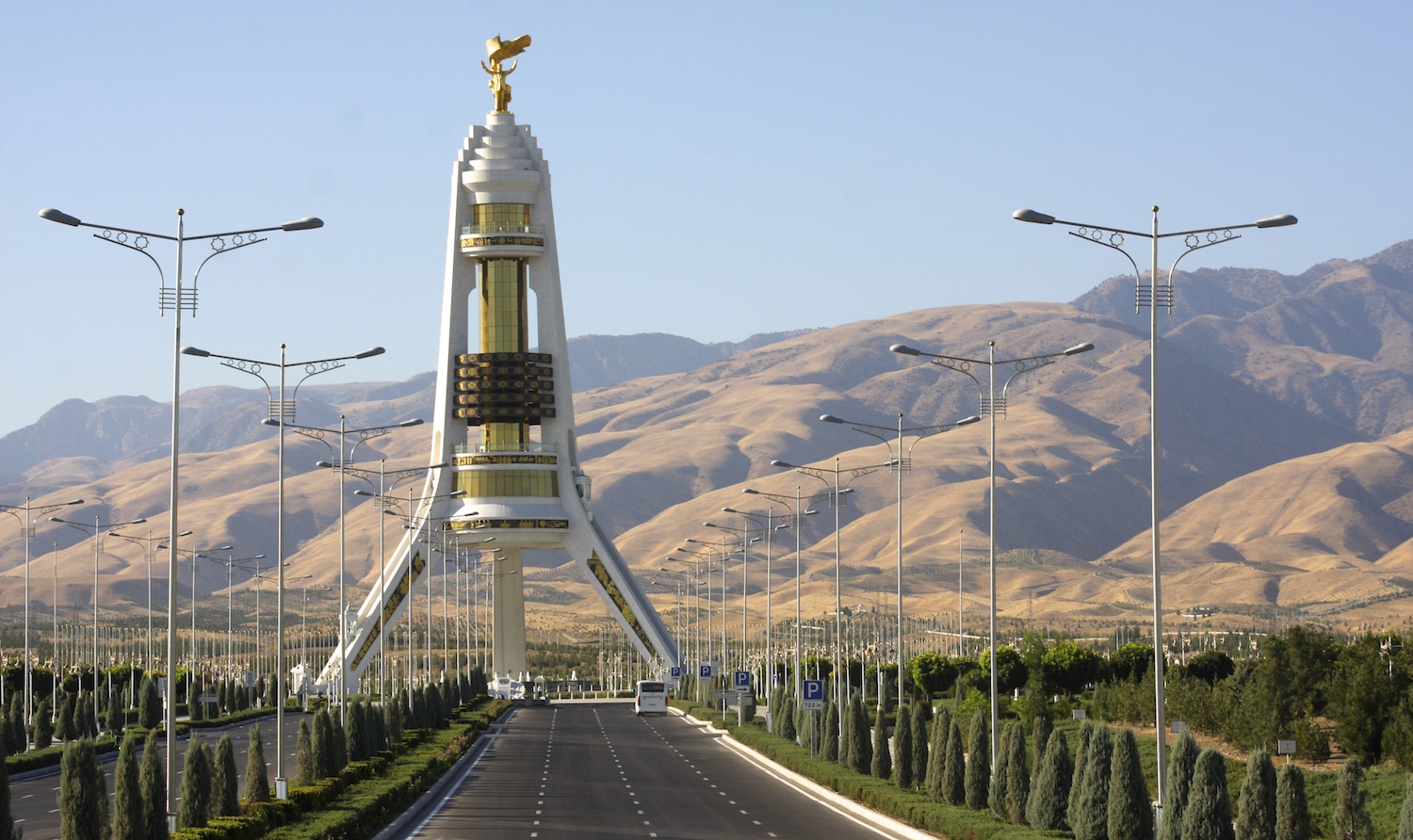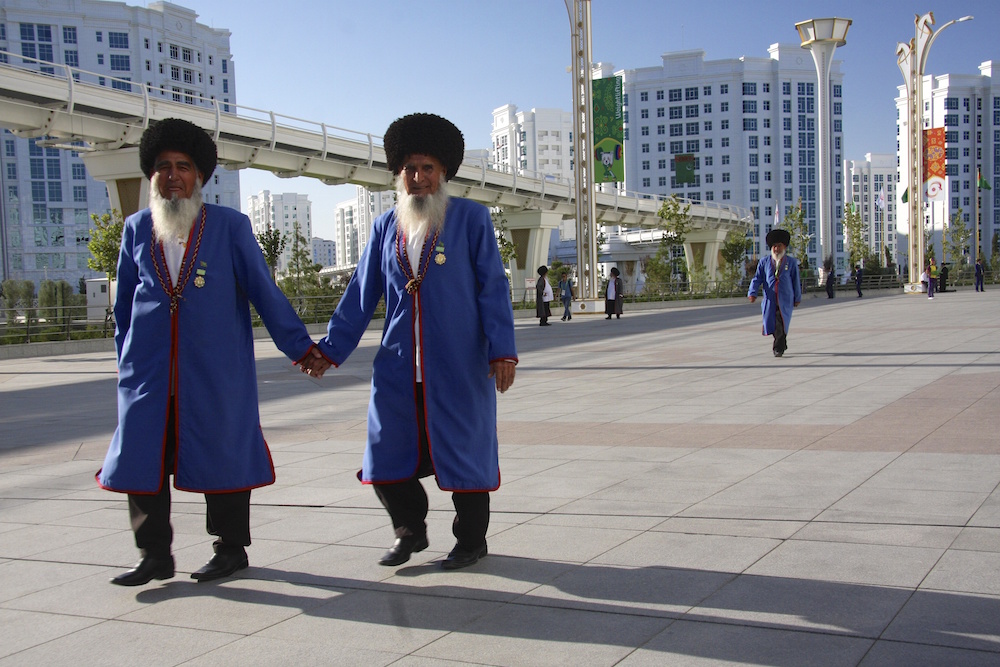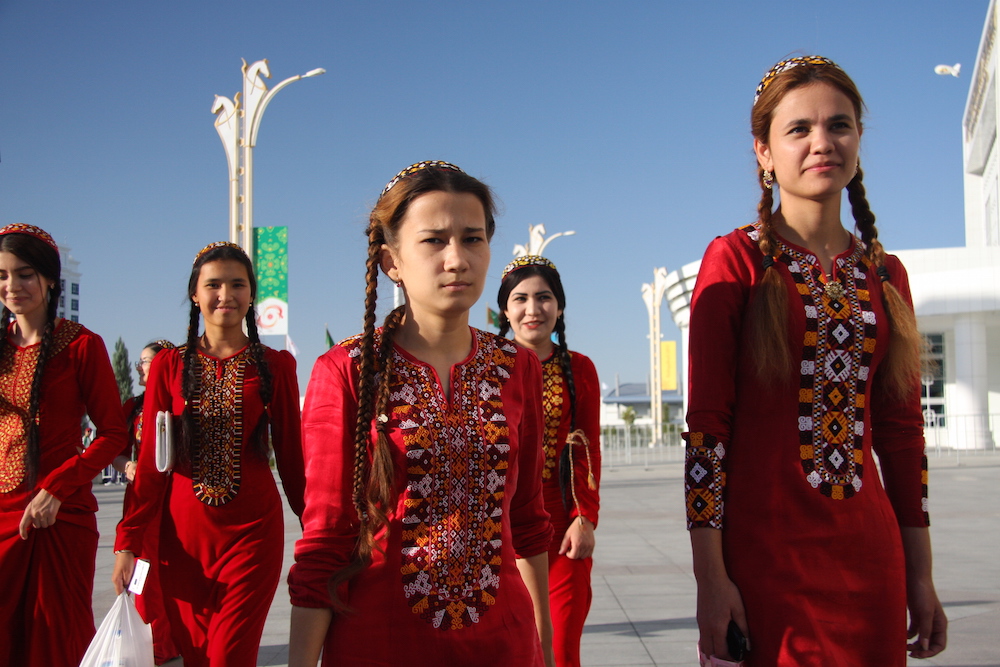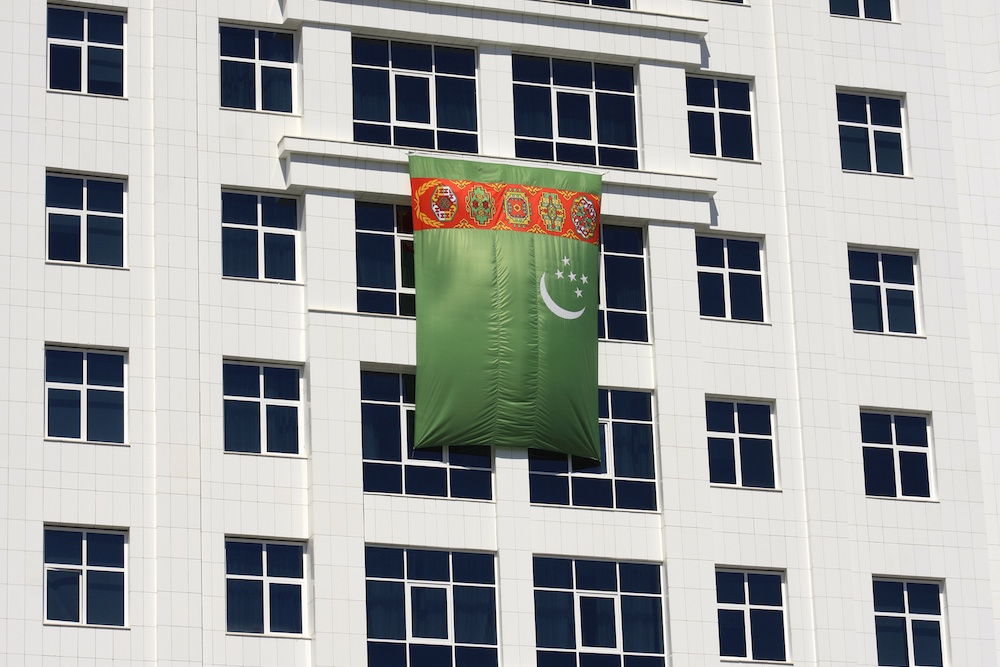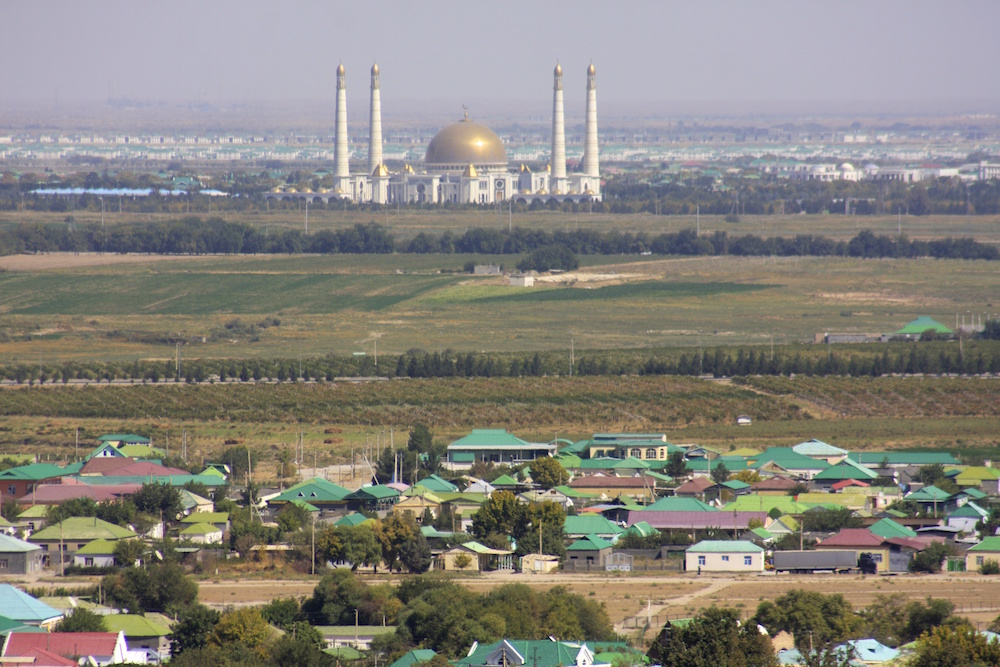Letter from Ashgabat: reclusive Turkmenistan reluctantly opens its doors to the world
When Turkmenistan relaxed its borders to journalists for the fifth Asian Indoor and Martial Arts Games, Felix Lowe jumped at the opportunity of visiting one of the world’s most notoriously closed-off nations
After a lengthy standing ovation, President Gurbanguly Berdymukhamedov — a mouthful of a name for a former dentist — takes to the stage at precisely 20:17 to deliver his speech and declare the fifth Asian Indoor and Martial Arts Games under way, heralding a three-hour opening ceremony involving 7,500 performers, 200 musicians, 100 animals and centuries of Turkmen history.
It’s a spectacular if curious affair, littered with quotations from the self-styled Arkadag, or “Protector” President — extolling everything from Turkmenistan’s gas reserves (the fourth largest in the world) to the nation’s age-old practice of weaving carpets. When the official song — a synth-led ditty penned by Berdymukhamedov himself — is performed, many of the 45,000 spectators in the state-of-the-art, marble-clad “Olympic” Stadium sing along.
The bonanza climaxes with some rollicking equestrian acrobatics. Dexterous riders perform tricks upon a fleet of traditional Akhal-Teke stallions which the President — as the “People’s Horse Breeder” and critically acclaimed author of The Flight of the Celestial Racehorse — played a significant role in rearing. From atop a castle that has risen from the centre of the arena, a horseman lifts his steed onto its hind legs and lights an octagonal star; two comets shoot towards the golden torch perched above a giant horse’s head overlooking the stadium. The flame now ablaze, the Games can finally begin.
Central Asia’s first international multi-sport tournament is the reason I’m here, flown in by the organising committee to witness a lavish spectacle most of the Western world doesn’t know is taking place. Debt from the mismanagement of its gas reserves and a human rights record to rival North Korea are no barrier to Turkmenistan’s bid to buy international legitimacy. Eclipsing the cost of Rio 2016, Turkmenistan has (officially) spent $5 billion (more credible estimates double that) on facilities and infrastructure to host this 10-day niche offshoot of the Olympic movement, which features everything from ballroom dancing to Uzbek kurash wrestling, chess and billiards.
Despite a million inhabitants, this ostentatious place seems largely deserted and implausibly clean
I’m not here for indoor sports: I’m taking a rare chance to visit Turkmenistan. Bordered by the Caspian Sea and largely covered by the Karakum Desert, the former Soviet republic was once an important stop on the Silk Road. Its futuristic theme park of a capital, Ashgabat, houses an eccentric collection of architectural oddities: the “City of Love” contains the world’s highest concentration of white marble buildings, lit up at night by garish LEDs. It’s Pyongyang with a sense of whimsiness and an aspect echoing Albuquerque, its twin city and the backdrop to Breaking Bad.
Despite a million inhabitants, this ostentatious place seems largely deserted and implausibly clean. By the same token, it’s incredibly photogenic. My desire to explore is likely to be a concern for a paranoid regime billed by Human Rights Watch as “one of the most closed and repressive in the world” — a regime which denied The Guardian and other publications accreditation. Turkmenistan’s new falcon-shaped airport (already sinking into the sand to the tune of $2.3 billion) can handle 17 million passengers per year; but the 10,000-plus visitors passing through its gates for the Games already represent an unprecedented number to descend on Ashgabat at once.
For all the prestige and opportunity that AIMAG may bring, they’re also opening Berdymukhamedov’s rather unorthodox rule — which has seen him develop his own personality cult following his hard-line predecessor, Saparmurat Niyazov — to scrutiny. Hence the two minders, in Matrix-style black suits, who shadow my every move.
It’s with a sense of liberation but trepidation that I manage to give my minders the slip the next morning and head for the hills
If my “media liaison officers” assure me that I’m not under arrest, it quickly becomes clear that I cannot visit Ashgabat on my own terms. Atajan and Kakageldi are both good sports but their constant presence is disconcerting. And after a day exploring the extraordinary excesses of the sports compound — which also includes a velodrome, martial arts, athletics and tennis complexes, the world’s largest aquatics centre, seven indoor sporting arenas, an Olympic village of 20 high-rises, and numerous artificial lakes, all interlinked by Central Asia’s first monorail — I’ve got cabin fever.
So, it’s with a sense of liberation but trepidation that I manage to give my minders the slip the next morning and head for the hills. My destination is the four-kilometre-long cable car that rises into the Kopet Dag mountains that overlook Ashgabat and form the border with nearby Iran. I get there via a combination of bus, walking surreally across an empty eight-lane highway and hitch-hiking in a clapped-out Lada. Opened in 2006, the Turkmenbashi Cableway rises to 1290 metres over tree plantations, jagged contours and a deep gorge. Snow falls up here in the winter; today it’s parched but breezy, hemmed in by sheer cliffs and the razor wire of a militarised zone.
Returning to the sports events, I join the cohorts of state-approved fans in official tracksuits or traditional attire, settling in for some belt wrestling. Kakageldi sticks tight as I seek out shade while photographing every version of Wepaly, the alabay sheepdog and official Berdymukhamedov-designed mascot. But the next day, all is forgiven and Atajan — now in casual sports attire — takes us on a tour of Ashgabat‘s most eye-catching monuments.
Invariably surrounded by fountains, synthetic parkland, menacing statues, vast open squares and more R2D2-inspired dustbins than there can ever be rubbish for, these towering, quirky monoliths are steeped in prescribed grandeur and invariably dedicated to a lofty maxim — Independence, Peace, Neutrality — or presidents past and present. They’re also under-attended save for a few curious foreigners, their patient guide, the soldiers standing to attention beneath and the army of attendants maintaining their pristine gleam.
The 95-metre-high Neutrality Monument, a three-legged engraved arch, looks like the toy rocket from Gulliver’s Thunderbirds collection. Standing atop this colossal tripod, a statue of Niyazov (in gold leaf) waves to his absent subjects; he used to rotate so that he always faced the sun, until his successor had the whole structure moved out into the suburbs. From the top of the world’s largest indoor Ferris wheel, we survey the shrine to status symbols that is Ashgabat. To our right, the 221-metre-high Tele-radio Centre boasts the world’s largest architectural image of a star; to our left, a distant roundabout flaunts the greatest concentration of fountains on the planet; in between, a museum houses the largest ever hand-woven carpet.
For a city needing a permanent adjudicator from the Guinness Book of World Records, it’s impossible to get a beer in Ashgabat. Alcohol has been banned during the Games, the most trivial of a raft of draconian measures imposed on the locals, along with the loss of subsidised utilities, compulsory attendance and “voluntary” donations to the AIMAG, no-go zones, travel restrictions and the demolition of “unsightly” homes without adequate compensation. After a few days, the novelty of the place is wearing off, the sultanism of the man responsible for its misguiding majesty becoming more sinister.
On my final day, a trip to the threadbare archaeological site of Nisa provides some respite. From the old city walls, I take in the green-roofed houses and listen to the barks of stray dogs (banned from Ashgabat by Niyazov on the grounds of their “unappealing odour”). Away from the city on the horizon, I feel more relaxed. I was unaware of this at the time, but it’s exactly these kinds of simple, scattered houses — with their gardens and makeshift extensions — that Berdymukhamedov tore down so that a uniform Ashgabat, in the form of orderly rows of white blocks, could rise like marble molars biting into the deep blue sky.
On closer inspection, these contemporary buildings are quite shoddy, most only partially occupied, some empty: polished veneers disguising the grim truth of this Potemkin village writ large, the capped, rotting teeth of a city run by a megalomaniac dentist.
Ashgabat is not all doom and gloom. The circus we attend one evening is filled with families and young children laughing at the clowns and marvelling at native horses. The bustling Russian bazaar gives a snap-shot of “normal” life away from the prism of the Games. Away from the city’s signature marble façades and the 24-hour drone of generators, I’m more at ease. I feel that sentiment is shared by Ashgabat’s inhabitants, whom I find welcoming and generous.
Even the officious Kakageldi wins me over on my last afternoon. He gives me space to explore the (empty) Museum of Fine Art, and there’s genuine camaraderie as we discuss each other’s lives and customs. He even quizzes me on Brexit — a difficult topic to breach with someone living at the whims of a leader who recently insisted on performing the inaugural operation in Ashgabat’s newest oncological hospital.
It’s not to this hospital, thankfully, that Atajan’s pregnant wife is taken when she goes into labour on my last morning. Despite this, my minder insists on seeing me off to the airport at 5am. I’m touched. Then again, I don’t know the consequences of his not being there. It’s easy to make light of such a ludicrous regime, but in discussing things with banned human rights organisations on my return I begin to appreciate the impact the President’s profligacy may have on the Turkmen people in the years to come, and the hardships they have already endured.
The grim truth is that this is a Potemkin village writ large, the capped, rotting teeth of a city run by a megalomaniac dentist
Berdymukhamedov, though, is on cloud nine. Turkmenistan may never have won a single Olympic medal, but the Turkmen indoor athletes will amass a staggering tally of 245 — dwarfing runners-up China’s return of 97. The Olympic Committee of Asia declares the fifth AIMAG the “best ever” and describes Ashgabat’s facilities as world class. The Games “will open a new page in the history of world sport,” coos the President.
My repeated requests for information about the legacy of Ashgabat 2017 go unanswered, but I read elsewhere that the city plans to become Central Asia’s sport’s hub. There’s even talk of Turkmenistan putting in an application for the Olympics. Freedom House tells me that the prospect of Ashgabat 2032 is “alarming and appalling;” another expert says it’s “delusional”.
Later, I share my experiences with regional specialist Alexander Cooley, author of Dictators Without Borders: Power and Money in Central Asia. “My sense is that if Berdymukhamedov wanted to use the Games as an opportunity to showcase the country, it’s probably backfired,” he says. “Because it’s just produced a bunch of novelty stories on Turkmenistan, and why it’s spending all this money.” I can’t really argue with that assessment. I’m glad I went. But until Ashgabat hosts the Olympics, I doubt I’ll be back.
Text and image: Felix Lowe
